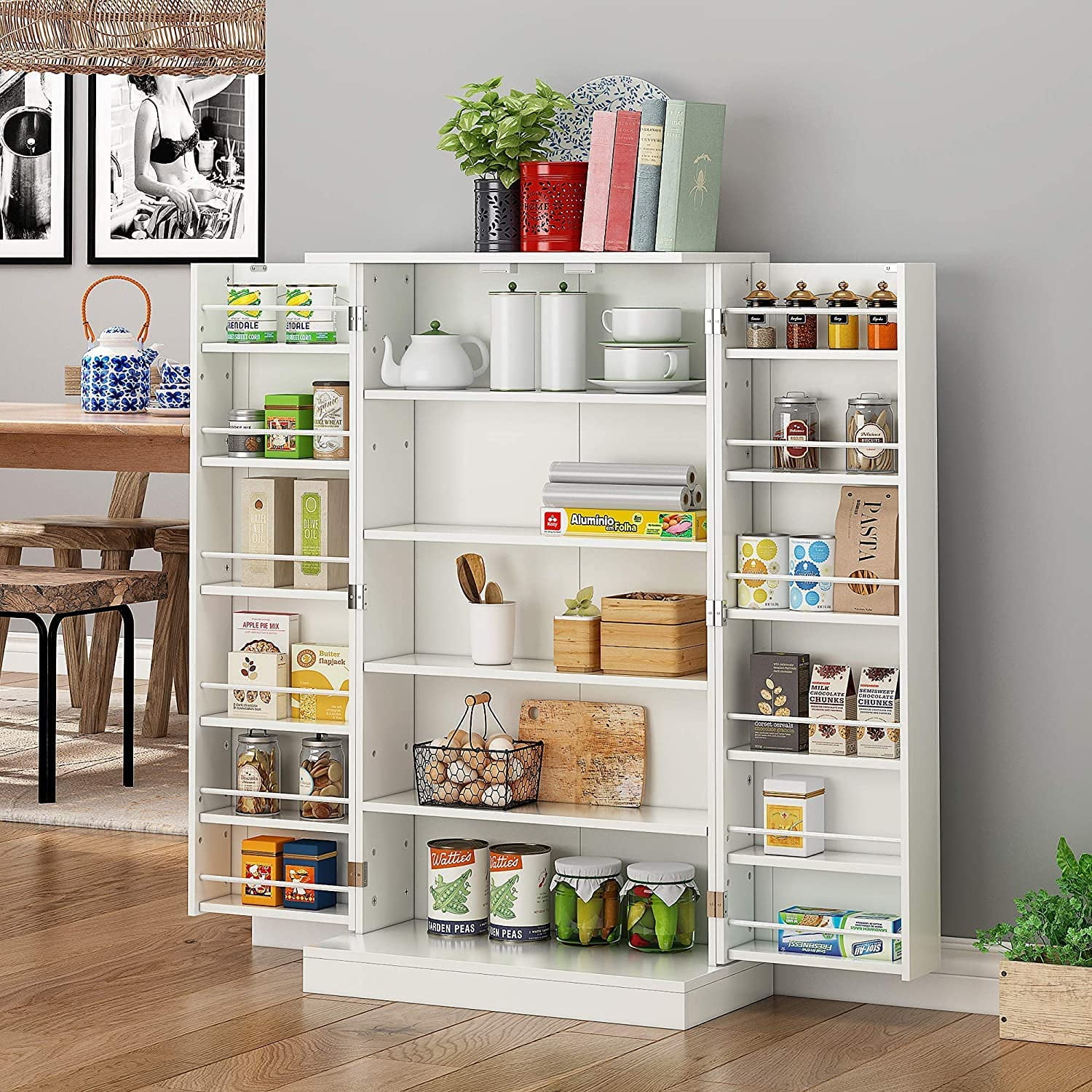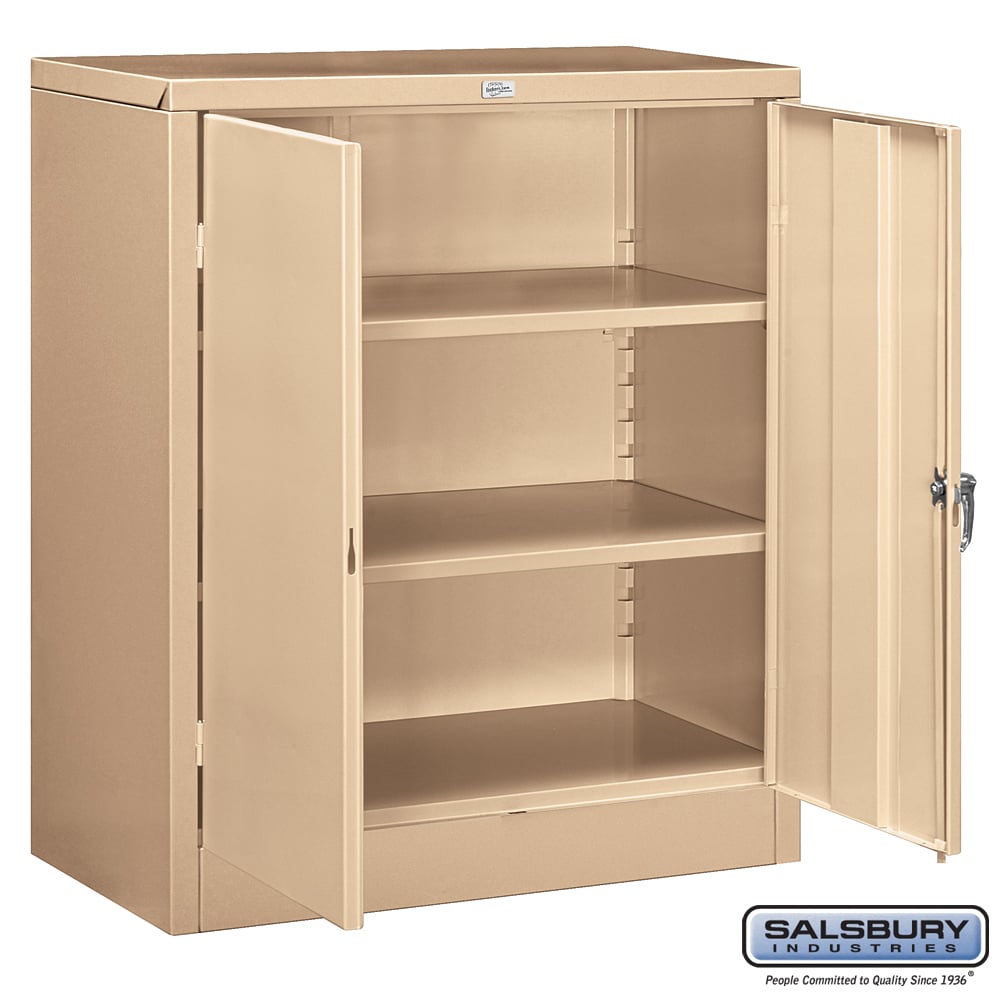Storage Cabinet Safety and Regulations

Storing items in a cabinet, especially those that are 18 years old or older, requires careful consideration of safety guidelines and regulations. The passage of time can affect the stability and integrity of materials, potentially leading to unforeseen hazards. Additionally, certain items may be subject to specific storage requirements due to their nature or potential risks.
Safety Considerations for Storing Items in Cabinets
The age of stored items can significantly impact their safety. Items that are 18 years old or older may have deteriorated, become brittle, or contain substances that have degraded over time. It is crucial to assess the potential risks associated with storing such items in a cabinet to prevent accidents or injuries.
- Deterioration of Materials: Over time, materials like wood, metal, and plastics can become brittle, weakened, or susceptible to corrosion. This can lead to structural failure of the cabinet itself or the items stored within. For instance, an old wooden cabinet may have weakened joints or warped shelves, increasing the risk of collapse.
- Presence of Hazardous Materials: Items stored for extended periods may contain hazardous materials that have become unstable or leaked. This can pose a significant risk to health and safety. For example, old paint cans may release toxic fumes, and batteries may leak corrosive substances.
- Fire Hazards: Items like flammable liquids, aerosols, or old electrical appliances can increase the risk of fire. The aging of these items can make them more prone to malfunction or spontaneous combustion.
Legal Requirements for Storing Specific Items
Certain items require specific storage regulations to ensure public safety and prevent misuse. These regulations may vary depending on the item and the jurisdiction.
- Firearms: Many jurisdictions have laws governing the storage of firearms to prevent unauthorized access and accidental discharge. These regulations often require firearms to be stored in a locked cabinet or safe, separate from ammunition.
- Hazardous Materials: Storage of hazardous materials, such as chemicals, explosives, or radioactive substances, is strictly regulated. These materials must be stored in designated containers and locations, and the storage facility must meet specific safety standards.
- Sensitive Documents: Documents containing personal or confidential information, such as financial records, medical records, or legal documents, require secure storage to prevent theft or unauthorized access. Secure cabinets or safes are often used for this purpose.
Safety Considerations for Different Types of Items, 18 in storage cabinet
The following table provides an overview of different types of items that might be stored in a cabinet and their specific safety considerations:
| Item Type | Safety Considerations | Storage Recommendations | Legal Requirements |
|---|---|---|---|
| Chemicals and Cleaning Products | Flammable, corrosive, or toxic substances; potential for leaks or spills | Store in original containers, in a well-ventilated area, away from heat and direct sunlight; consider using spill containment trays | May require specific labeling and storage requirements depending on the chemical |
| Electrical Appliances | Fire hazard; potential for malfunction or electrical shock | Store in a dry, well-ventilated area, away from moisture and heat sources; unplug appliances when not in use | May require specific safety certifications and testing |
| Firearms and Ammunition | Risk of accidental discharge or unauthorized access | Store separately in locked cabinets or safes; keep ammunition locked and separate from firearms | Subject to strict federal and state regulations |
| Food and Beverages | Potential for spoilage or contamination | Store in airtight containers, in a cool, dry place; check expiration dates regularly | May require specific temperature and humidity controls |
Organization and Accessibility: 18 In Storage Cabinet

Organizing a storage cabinet, especially one containing items from 18 years ago or older, requires a strategic approach to ensure easy accessibility and prevent damage. This section will explore various methods for organizing items within a storage cabinet, highlighting the importance of clear labeling and a well-planned layout.
Storage Container Types
Choosing the right storage containers is crucial for maintaining order and protecting your belongings. Here are some common container types suitable for storage cabinets:
- Plastic Bins: These are versatile and durable, ideal for storing various items, from clothing to books. Clear bins allow for easy visibility of contents.
- Fabric Storage Boxes: Fabric boxes offer a more decorative option and are lightweight, making them suitable for storing items like blankets or linens.
- Hanging Organizers: Hanging organizers are excellent for maximizing vertical space and can be used for storing small items like tools, craft supplies, or jewelry.
- File Folders and Boxes: For documents and papers, file folders and boxes provide a structured system for organization.
Labeling and Inventory
Labeling is essential for quick and easy identification of items.
- Clear and Concise Labels: Use labels that are clear, concise, and easily readable.
- Detailed Descriptions: Include specific details about the contents, such as the item type, color, and size, for accurate identification.
- Inventory List: Maintaining a detailed inventory list can help you track what is stored in the cabinet and where it is located.
Optimizing Cabinet Layout
A well-designed layout ensures easy access to frequently used items.
- Accessibility Zones: Divide the cabinet into zones based on the frequency of use. Place frequently used items in easily accessible areas, such as the top shelves or drawers.
- Categorization: Group similar items together within containers. This promotes a sense of order and makes it easier to locate specific items.
- Vertical Space: Utilize vertical space effectively by using shelves, drawers, and hanging organizers to maximize storage capacity.
Preservation and Maintenance

Time takes its toll on everything, especially items that are 18 years old or older. Preserving these objects in a storage cabinet requires understanding the delicate balance between protection and accessibility. The goal is to ensure that your treasured possessions remain in good condition for years to come.
Environmental Factors
The environment plays a crucial role in preserving items. Temperature, humidity, and light exposure all impact the longevity of your stored items. Excessive heat can cause materials to become brittle and fade, while high humidity can encourage mold growth and deterioration. Similarly, exposure to direct sunlight can cause fading, discoloration, and damage to sensitive materials.
- Temperature: Ideally, storage cabinets should maintain a consistent temperature between 65°F and 72°F (18°C and 22°C). Fluctuations in temperature can cause condensation and damage to items.
- Humidity: The ideal relative humidity for storage is between 40% and 50%. Excessive humidity can lead to mold growth, while low humidity can cause items to become brittle and crack.
- Light: Direct sunlight should be avoided as it can damage items. Artificial light, if used, should be kept to a minimum and use cool white bulbs to minimize UV exposure.
Storage Materials
The materials used to store items are equally important. Using acid-free paper, archival-quality boxes, and other protective materials can help prevent damage and deterioration.
- Acid-Free Paper: Acid-free paper is specially treated to prevent the release of acids that can damage paper, photographs, and other documents.
- Archival-Quality Boxes: These boxes are made from sturdy, acid-free materials that are designed to protect items from dust, moisture, and pests.
- Protective Envelopes: For documents, photographs, and other flat items, use acid-free, archival-quality envelopes to prevent damage.
Maintenance Checklist
Regular maintenance is essential to ensure the longevity of your stored items. Here is a checklist of tasks that should be performed periodically:
- Dusting: Regularly dust the items and shelves in your storage cabinet to prevent the accumulation of dust and dirt.
- Inspecting for Pests: Inspect the cabinet and its contents for signs of pests, such as insect droppings or webbing.
- Monitoring Environmental Conditions: Use a hygrometer to monitor the temperature and humidity levels in your storage cabinet.
- Rotating Items: Periodically rotate items to ensure that they are not exposed to prolonged pressure or stress.
- Checking for Damage: Regularly inspect items for signs of damage, such as tears, rips, or stains.
18 in storage cabinet – A storage cabinet with 18 inches of depth can be quite versatile, offering space for a variety of items. If you’re looking to incorporate a television into your design, you might consider an ikea built in tv cabinet , which can be customized to fit your space and style.
The cabinet’s design can integrate seamlessly with the storage cabinet, creating a cohesive and functional unit.
Marsiakkon dohot parungkapan, 18 in storage cabinet, boi do diida dibagasan ruang parungkapan. Alai, molo naeng marendehon televisi, boi do dipillit sada tv cabinet with backboard na marsihohot dohot marungkapan. Di bagasan i, boi do diida television dohot barang-barang na asing.
Marsiakkon dohot parungkapan, 18 in storage cabinet, boi do diida dibagasan ruang parungkapan.